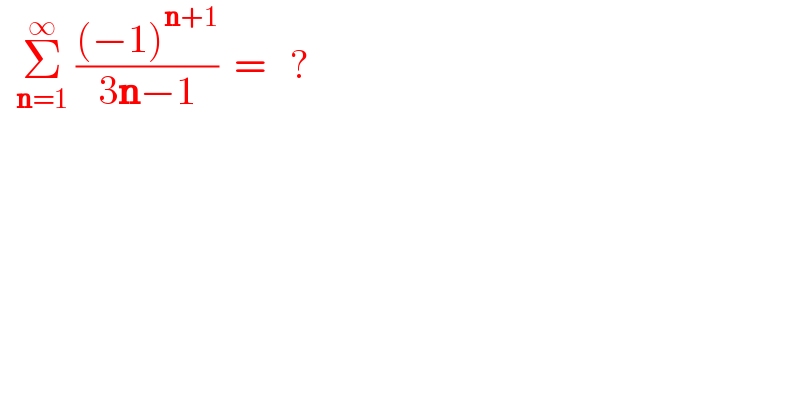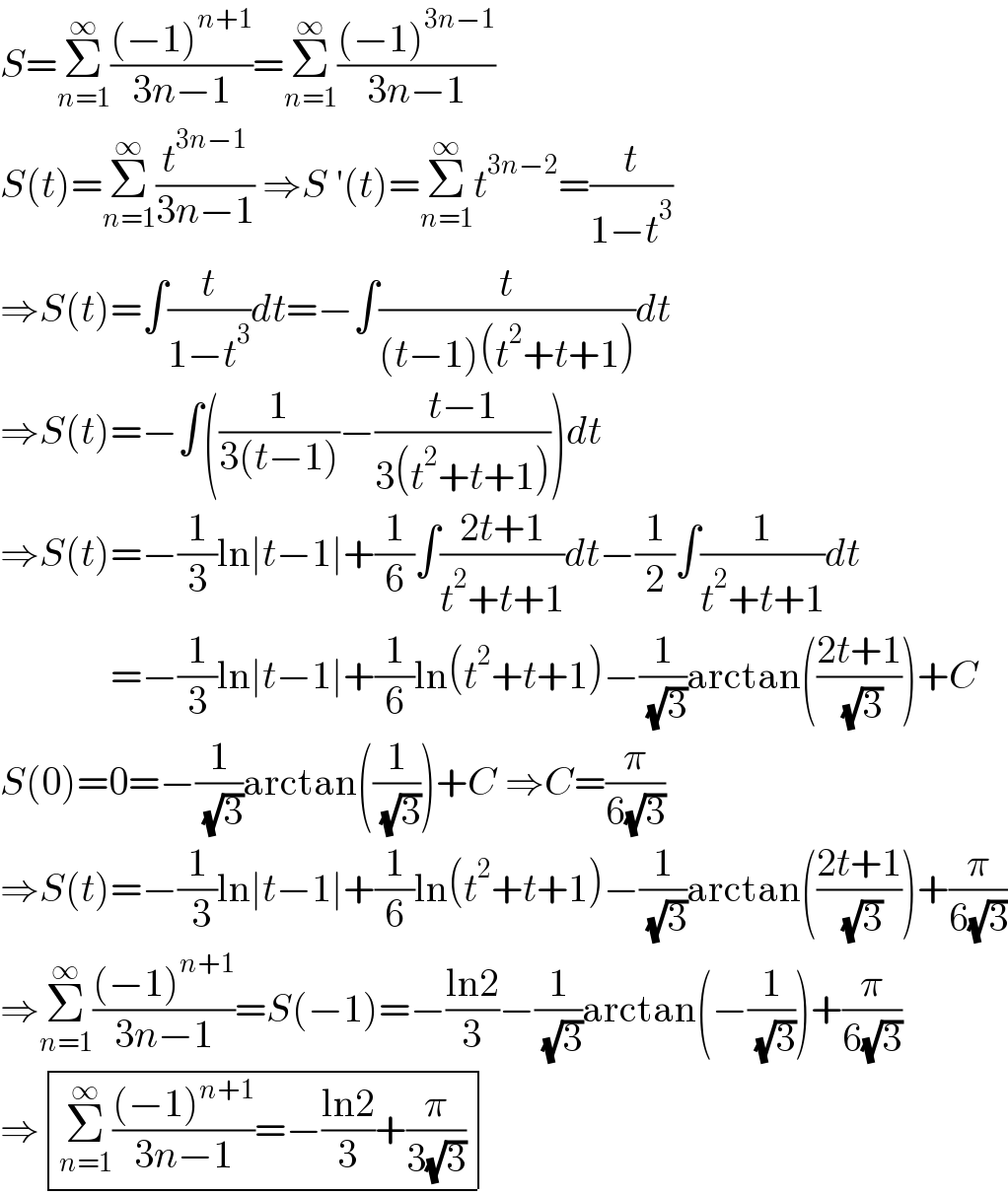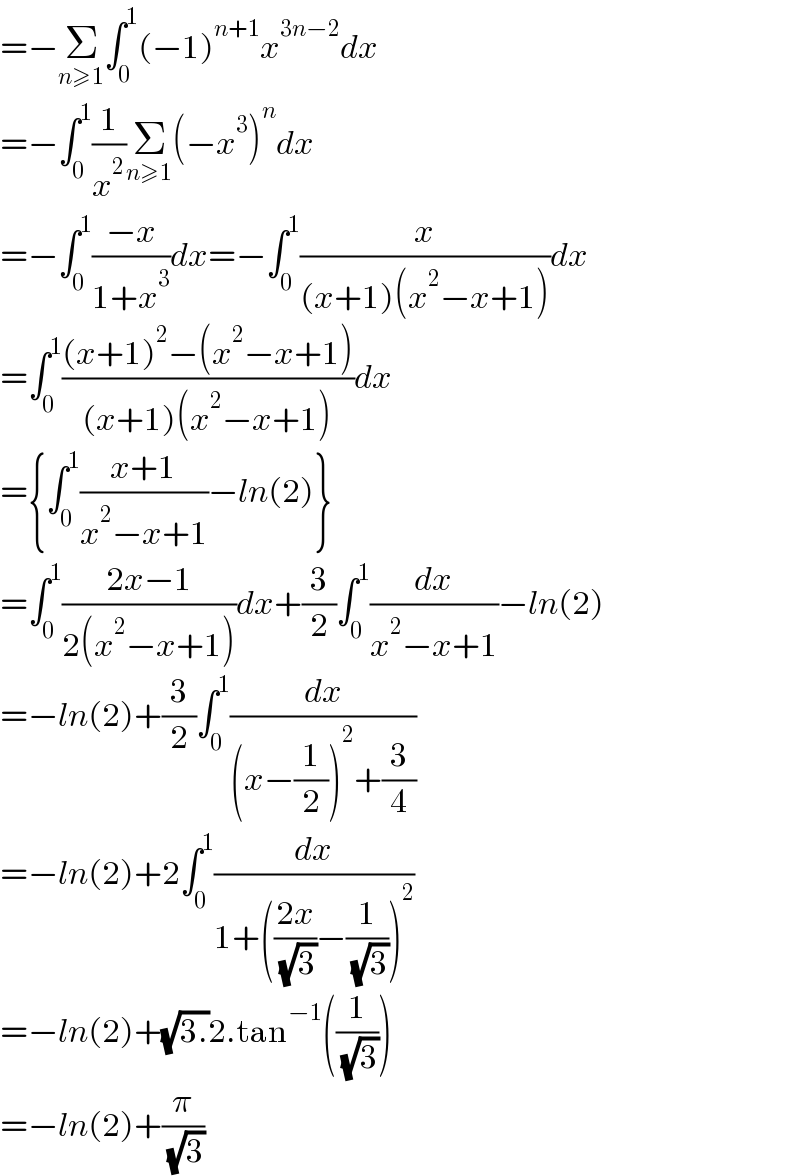
Question and Answers Forum
Question Number 183967 by SEKRET last updated on 01/Jan/23

Answered by Ar Brandon last updated on 01/Jan/23

Commented by Ar Brandon last updated on 01/Jan/23

Commented by SEKRET last updated on 01/Jan/23

Commented by SEKRET last updated on 01/Jan/23

Answered by witcher3 last updated on 01/Jan/23

Commented by Ar Brandon last updated on 01/Jan/23

Commented by SEKRET last updated on 01/Jan/23

